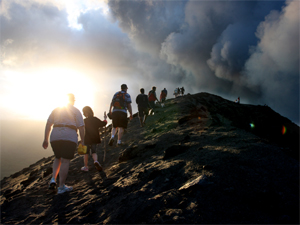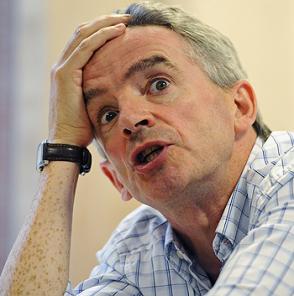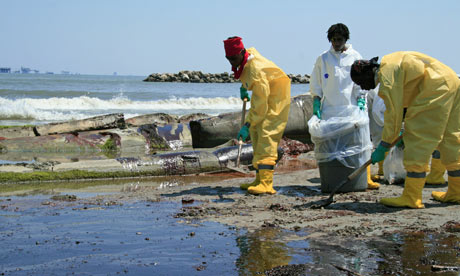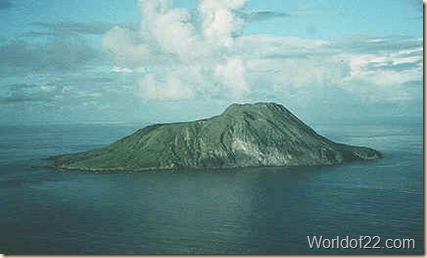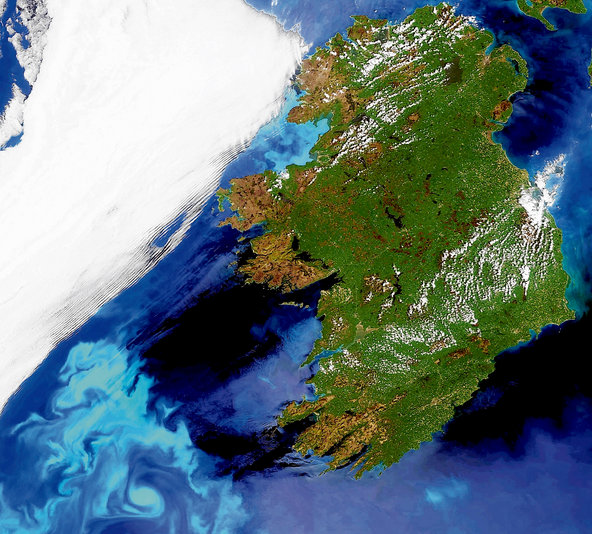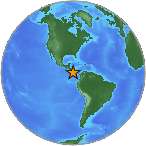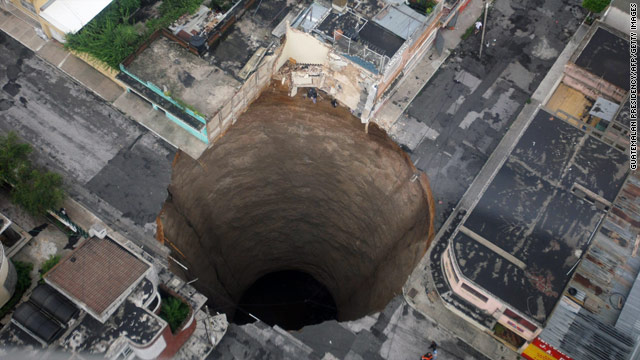
© b3ta corporate logos that tell the truth
Today, I spent my time interviewing people on the Gulf Coast from Mississippi to Louisiana. Several of those interviews were conducted on camera, and you'll be seeing those videos as early as tomorrow here on NaturalNews.
Interestingly, it turns out that a lot of the people living on the Gulf Coast have a history of working with oil companies -- and even on oil rigs. I spoke to several people who have a work history with BP, and two of them told me they are certain that
British Petroleum is NOT trying to stop the oil coming out of the well. What they are trying to do, I was told, is SAVE the oil well so that they can capture the oil and sell it.
This claim stands in direct contradiction to what BP says. The company insists it's trying to stop the flow of oil from the well. But
if you look at BP's actions, what they're really trying to do is
siphon off the gushing oil where it can be pumped to a tanker ship and sold as crude. It is a simple matter, by the way, for oil companies to separate water from oil. They do it all the time in oil fields all across America. So if they can siphon off the oil from the
Deepwater Horizon well -- even if it's mixed with water -- they can sell it for potentially
billions of dollars.
It raises the question: Is the economic promise of captured oil causing BP to avoid using its best effort to cap the well?
Tapping, not cappingNotice that the new device they're lowering onto the well is designed not to close it off but to pump the oil to an awaiting ship. This is a plan to "capture" the oil, not to seal off the well.
